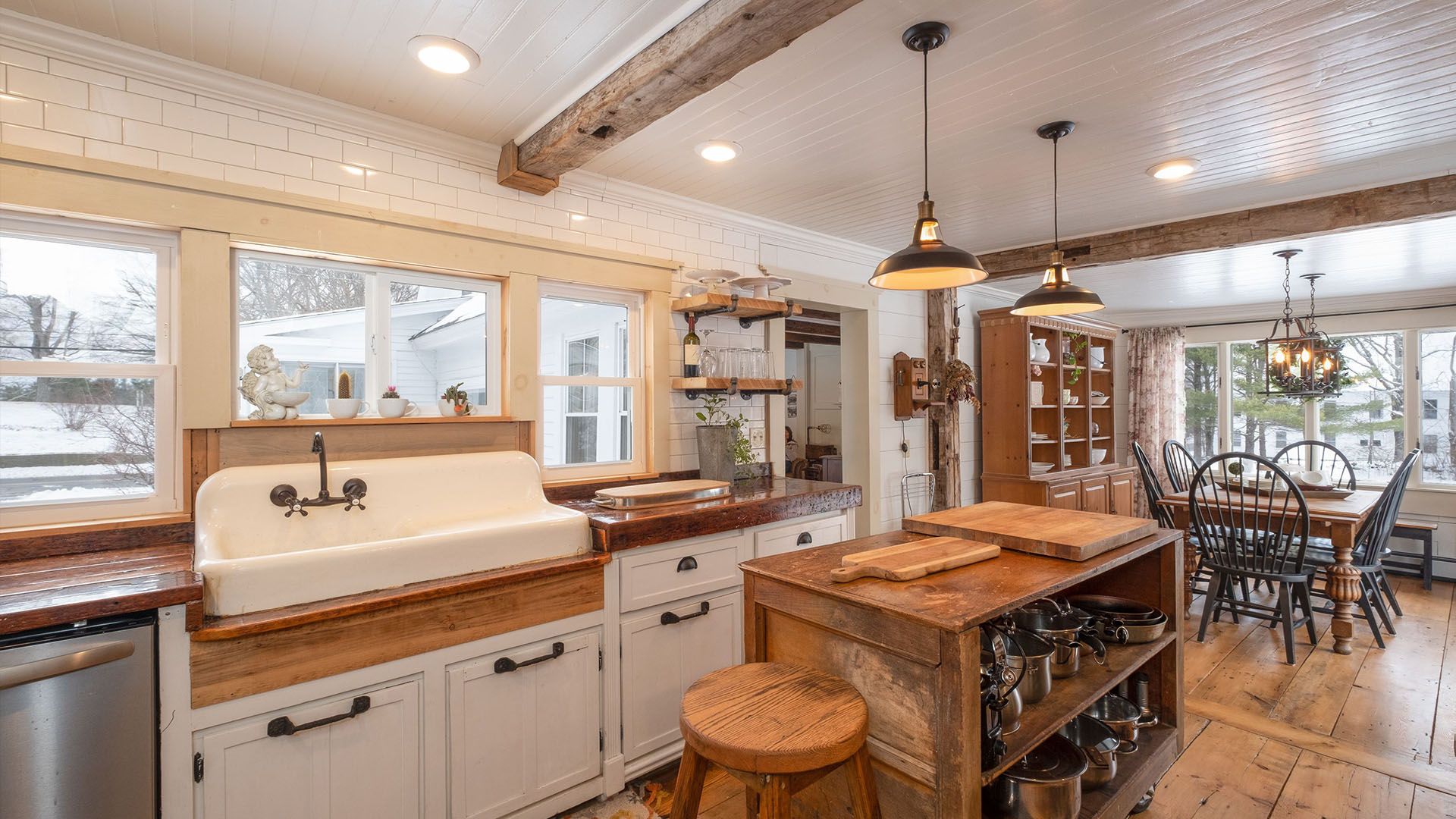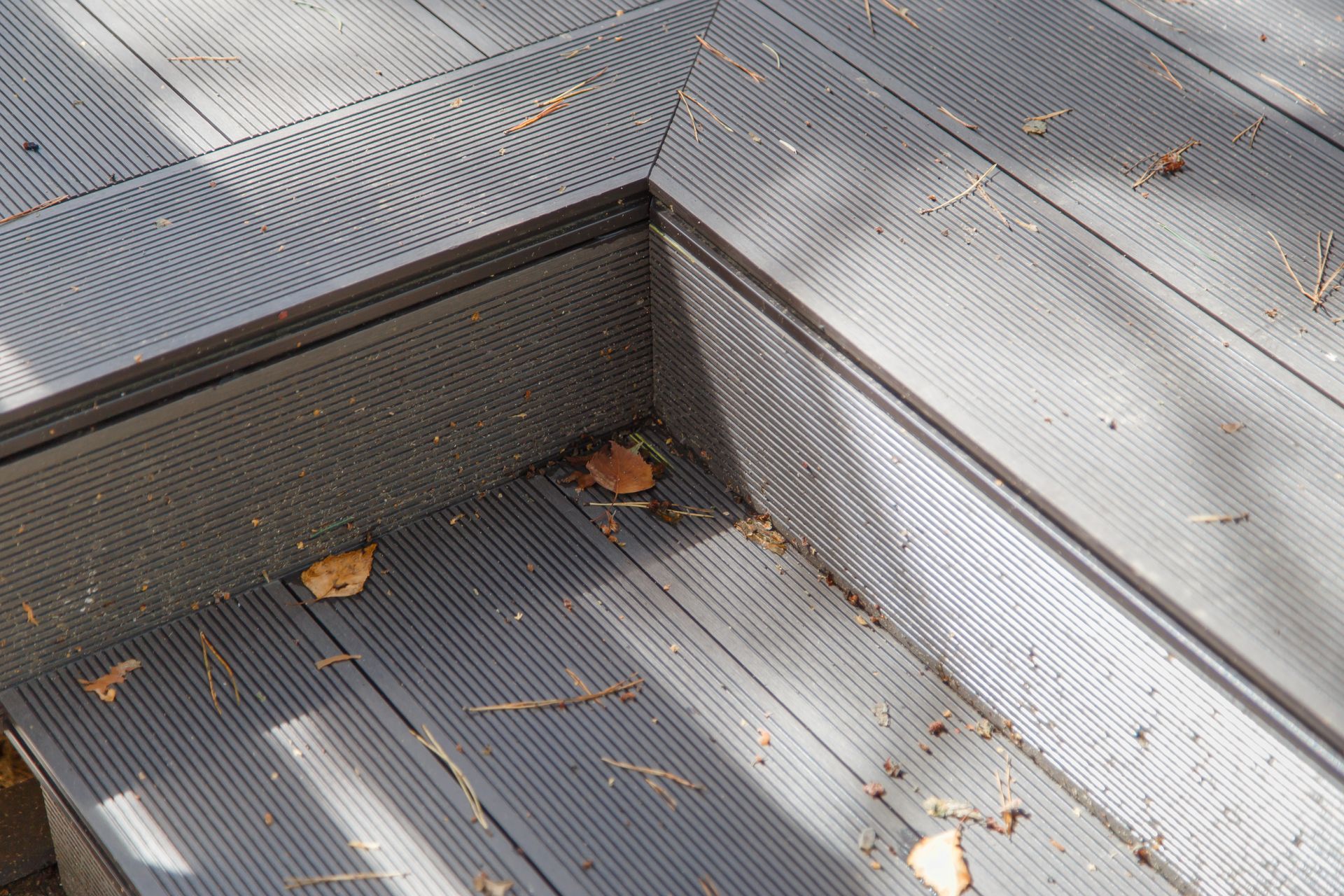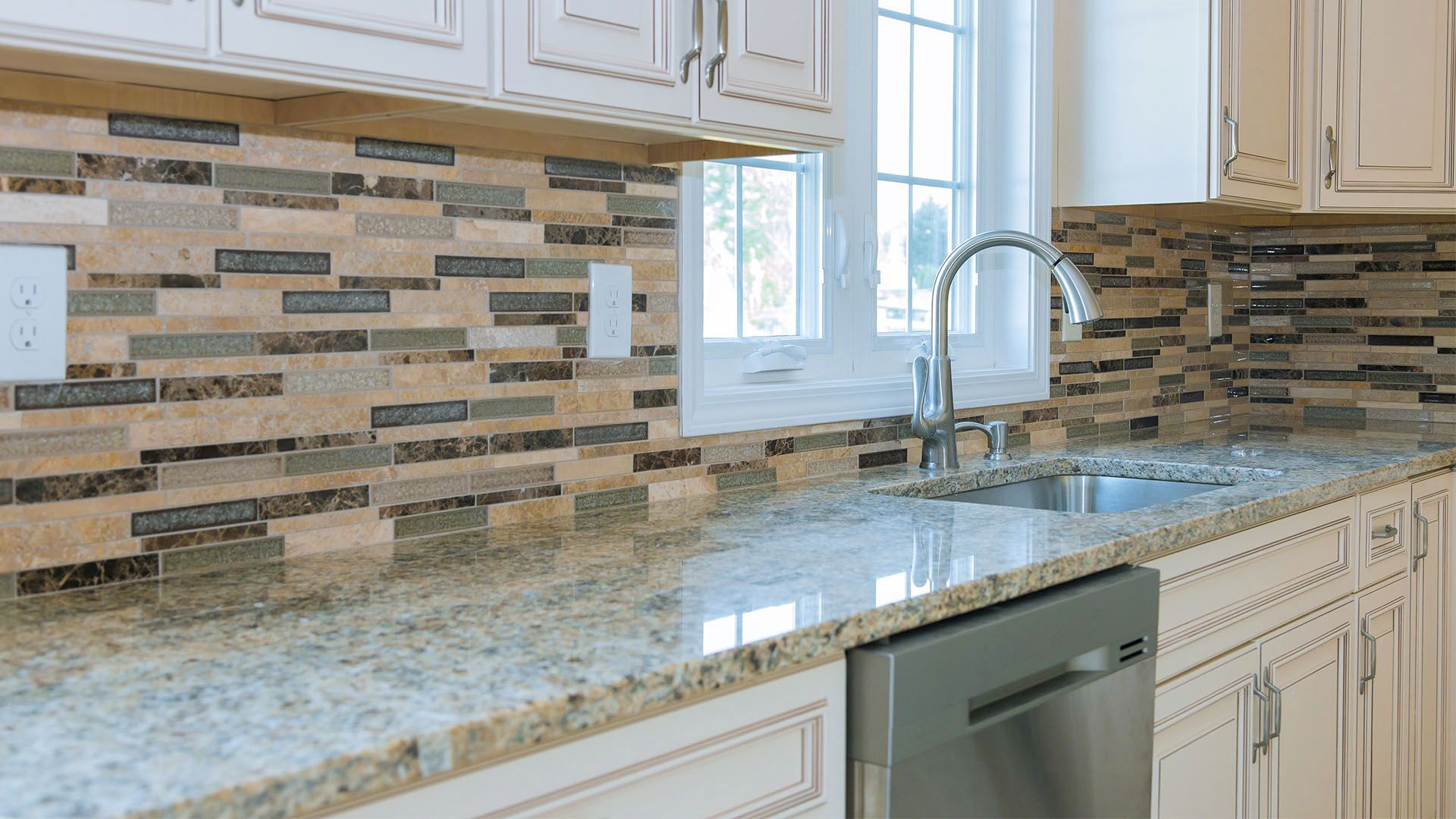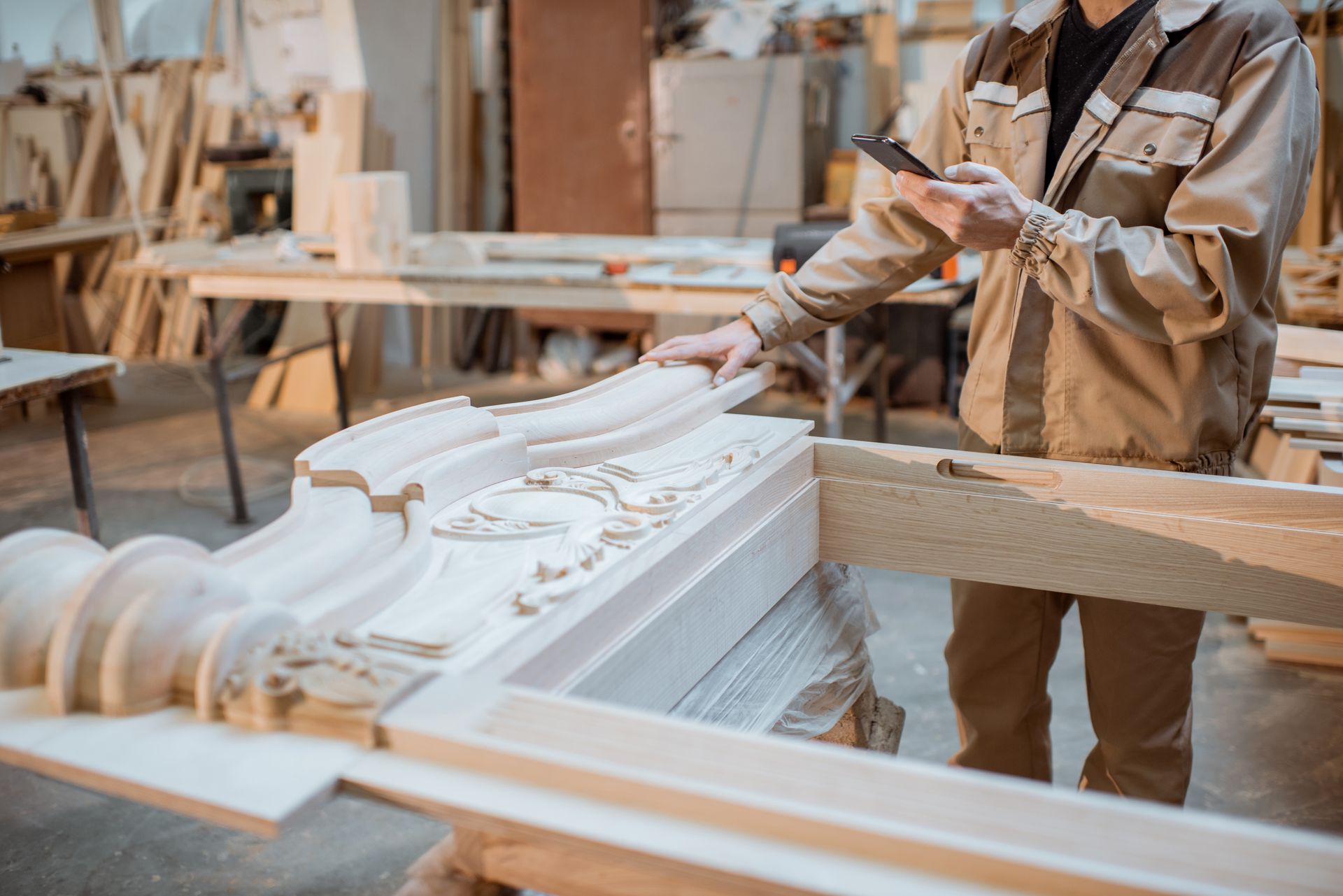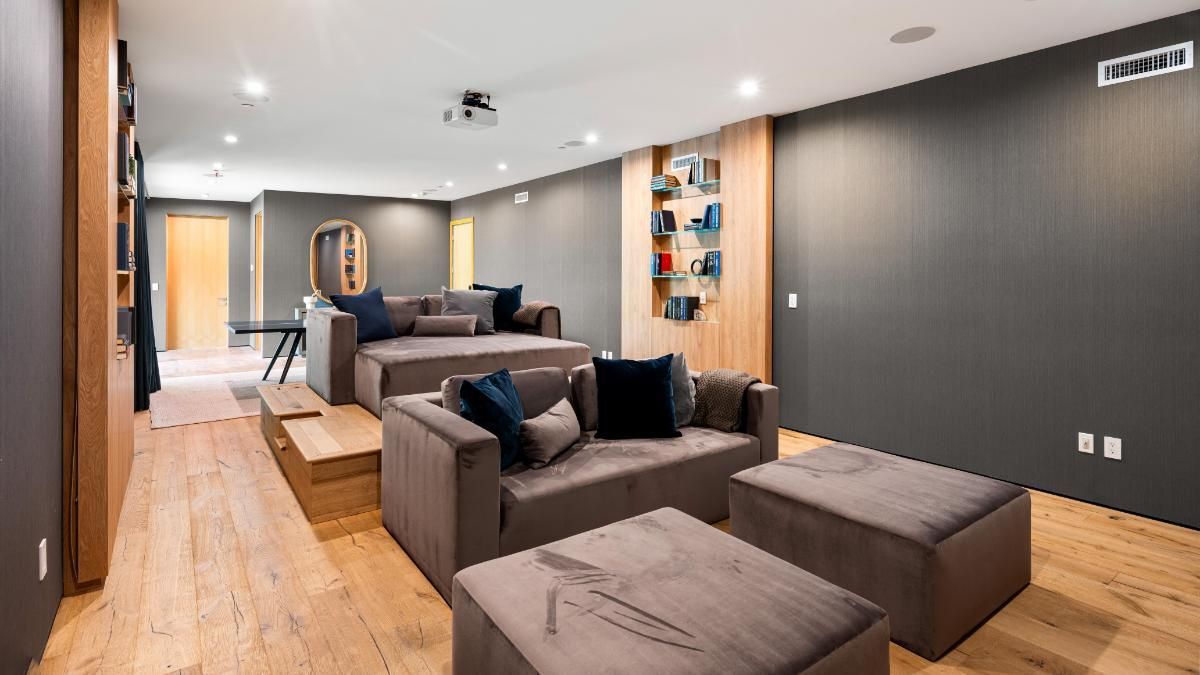What Is a Pool Deck? Definition, Uses, and Design Basics
Hartford Building Company designs and builds outdoor living spaces across Connecticut. Our team has hands-on experience with concrete, pavers, stone, wood, and modern coatings, plus the drainage, frost, and safety details that make pool areas last. We follow local codes, coordinate permits and inspections, and share clear pros and cons so you can choose what fits your budget and lifestyle. Below, we explain the essentials in plain language: quick answers first, then helpful detail.
What a Pool Deck Is (and Isn’t)
Clear definition of a pool deck
A pool deck is the hard surface that surrounds a pool. It’s the walking, lounging, and staging area where you place chairs, umbrellas, and pathways. It must be slip-resistant, drain well, and feel good under bare feet.
Pool deck vs. patio vs. coping (key differences)
- Pool deck: the main surface around the pool for movement and seating.
- Patio: any outdoor hardscape (dining, grill, fire pit); it can connect to the deck but doesn’t have to touch the pool.
- Coping: the edge material right at the pool’s rim, the “cap” that finishes the pool shell and creates a safe, smooth transition to the deck.
Primary functions: safety, circulation, lounging, aesthetics
A solid deck keeps you safe and comfortable. It gives room for entering/exiting, walking without puddles, setting up furniture, and shaping the look of the whole backyard.

Core Components Around a Pool
Deck surface, expansion joints, coping, drainage elements
A complete deck system includes:
- Surface: the visible finish you touch (concrete, pavers, stone, wood/composite, or a coating).
- Expansion/control joints: planned gaps that manage cracking and movement.
- Coping: the protective edge at the pool lip.
- Drainage: slopes, channel drains, and gravel bases that move water away from the pool and house.
Zones: entry/exit, sun lounging, dining, shade structures
Plan for safe entries, space for loungers, a dining corner near the kitchen, and spots for shade (pergolas, umbrellas). Good zoning keeps traffic clear and reduces slip risks.
Popular Pool Deck Materials (Overview)
Concrete (broom, exposed, stamped)
Concrete is versatile and budget-friendly.
- Broom finish: simple, grippy texture.
- Exposed aggregate: small stones for texture and visual interest.
- Stamped concrete: patterns that mimic stone or wood.
Seal regularly to maintain color and grip.
Pavers (concrete, porcelain)
Pavers offer modular beauty and easy repairs. If a section settles, you can lift and reset it. Concrete pavers handle freeze–thaw well. Porcelain pavers add sleek style and stay color-true.
Natural stone (travertine, limestone, granite)
Stone is durable and upscale. Travertine stays cooler underfoot and has natural texture. Limestone and granite are strong choices with a classic look. Use proper base prep and sealing.
Wood and composite (above-ground and select in-ground applications)
Wood gives warmth and is common with above-ground pools or raised decks. It needs routine sealing. Composite reduces maintenance and offers hidden fasteners and clean lines. Our deck construction services cover both traditional wood and modern composite options.
Coatings/overlays (cool decking, acrylic, polyaspartic)
Coatings can refresh a tired surface without full demo. They add traction, color, and heat reduction. Choose products rated for pool splash zones and UV exposure.
Design Considerations That Matter
Sizing & layout (clearances, furniture footprints, traffic flow)
Allow 3–5 feet of clear walking space around the waterline. Add extra depth for loungers (about 6–7 feet), dining (10–12 feet), and a grill zone with safe clearances. Keep pathways open.
Slip resistance & texture (barefoot comfort)
Select textures that grip when wet but won’t scrape skin. Test a sample with wet feet if possible. Finishes can be tuned with aggregates, stamps, or coatings.
Shade, privacy, and wind orientation
Place shade where the afternoon sun hits hardest. Use screens, plantings, or fencing for privacy. Think about prevailing winds so umbrellas and pergolas stay stable.
Integration with landscaping and hardscape
Blend the deck with walkways, lawns, and planting beds. Edging, lighting, and matching colors tie it all together.
Safety, Codes, and Performance
Slope and drainage best practices
Decks should shed water away from the pool and house. A gentle, consistent slope and, when needed, channel drains prevent puddles and winter ice.
Edge safety and coping profiles
Choose coping with rounded noses and non-slip surfaces. Contrast in color can help indicate the edge for visibility.
Fencing, gates, and local compliance (permits/inspections)
Most towns require barrier fencing, self-closing gates, and sometimes alarms. We help coordinate permits and inspections so your project meets local rules.
Climate & Site Factors
Freeze–thaw durability, de-icing concerns
In Connecticut, water expands when it freezes. Use proper base prep, drainage, and materials rated for freeze–thaw cycles. Avoid harsh de-icers that can damage finishes.
Heat reflectivity/cool-to-touch surfaces
Light colors and certain stones/coatings reflect heat and feel cooler on bare feet.
Saltwater and chemical exposure
If your pool uses salt or strong chemicals, pick materials and sealers that resist corrosion and staining.
Finishes, Colors, and Textures
Color strategies for heat and glare
Lighter tones lower surface temps. Mix shades to reduce glare. Border bands can define zones and add style.
Texture patterns for grip and style
Broom patterns, exposed aggregate, stamped textures, and textured pavers add traction and design interest.
Sealers: sheen levels and maintenance implications
Matte reduces glare; satin adds richness; gloss highlights color but may feel slick if over-applied. Reseal on a schedule based on traffic and climate.
Cost & Budget Drivers
Material costs, complexity, site access
Budget depends on material, square footage, curves vs. straight runs, steps, and how easy it is to get equipment into the yard.
Add-ons: lighting, drainage upgrades, seating walls
Under-cap LED lighting, extra drains, planters, and seating walls add function and style and affect price.
Lifecycle value vs. upfront price
Consider maintenance and lifespan. A higher initial cost may pay off with fewer repairs and longer service life.
Maintenance & Longevity
Routine cleaning and seasonal care
Rinse debris, sweep often, and clean spills quickly to avoid stains and slick spots.
Resealing/recoating timelines
Most surfaces benefit from periodic sealing or recoating to keep traction and color fresh.
Repairs, lifting/heaving mitigation, and warranty notes
Address minor issues early: reset loose pavers, fill joints, or repair cracks. Good drainage and base prep reduce winter heaving.
Resurfacing & Remodel Options
Overlays and microtoppings
If the base is solid, overlays can change color and texture without a full tear-out.
Paver/stone “cap” solutions
In some cases, we can cap a sound slab with pavers or stone for a new look.
Selective demo and re-pour zones
If only part has failed, targeted demo saves budget while restoring safety and appearance. Our residential remodeling approach applies the same cost-effective thinking to outdoor spaces.
Sustainable Choices
Permeable options and stormwater considerations
Permeable pavers and thoughtful grading help water soak in, easing runoff and puddles.
Light-reflective surfaces and regional sourcing
High-albedo finishes reduce heat buildup; locally sourced materials lower transport impacts.
Inspiration & Next Steps
Design styles (modern, coastal, rustic, classic)
Clean lines with porcelain pavers, warm wood tones, natural stone borders pick a style that matches your home.
How to choose a contractor and prepare for bids
Look for clear scopes, drainage details, joint plans, and warranty terms. Ask for samples and maintenance guidance. Learn more about our construction process and team.
Schedule a site assessment
Ready to plan your pool deck? Contact Hartford Building Company for a straightforward site assessment and a design that fits your space, climate, and budget.
Frequently Asked Questions
What's the minimum size pool deck I need around my pool?
Most building codes require at least 3–4 feet of clear deck space around the pool perimeter for safety and circulation. However, we recommend 4–5 feet minimum for comfortable walking, with wider zones (6–8 feet) where you'll place loungers or dining furniture. Think about how you'll actually use the space—tight clearances create bottlenecks and increase slip risks when the deck is wet.
How long does a concrete pool deck last in Connecticut's climate?
A properly installed concrete deck with good drainage and a solid base can last 25–30 years or more in Connecticut. The key is freeze–thaw preparation: adequate sub-base compaction, proper slope for drainage, and control joints to manage seasonal movement. Regular sealing every 2–3 years protects the surface from water intrusion, salt damage, and UV degradation. Neglected concrete may show cracking and spalling within 10–15 years.
Can I install a pool deck myself, or do I need a contractor?
Pool decks require expertise in grading, drainage, structural support, and local building codes—especially in Connecticut where freeze–thaw cycles and municipal permit requirements add complexity. Poor drainage causes winter heaving and safety hazards; improper slopes create standing water. Most towns also require permits, inspections, and specific barrier fencing. While small paver repairs might be DIY-friendly, new installations and concrete pours are best left to experienced contractors who understand regional conditions and code compliance.
What's the best material for a pool deck that stays cool in summer?
Travertine and light-colored concrete or pavers are your coolest options. Travertine's natural porosity and light hue reflect heat exceptionally well. For concrete, choose lighter tones (beige, tan, light gray) and consider cool-deck coatings that reduce surface temperature by 20–30%. Avoid dark stamped concrete and dense granite in full sun—they absorb and hold heat. Porcelain pavers in lighter shades also perform well and resist fading over time.
How much does a pool deck cost per square foot in Connecticut?
Expect $8–$15 per square foot for basic broom-finish concrete, $15–$25 for stamped concrete or quality concrete pavers, and $25–$40+ for natural stone like travertine or premium porcelain pavers. These ranges include materials and installation but vary with site access, complexity (curves, steps, multiple levels), drainage requirements, and add-ons like lighting or seating walls. A typical 600-square-foot deck runs $9,000–$24,000 depending on material choice and site conditions.


